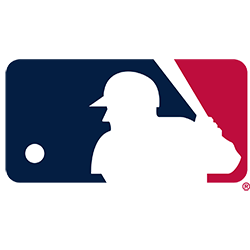
It looks like both the players and MLB officials are resigned to a work stoppage on Dec. 1, as the long-anticipated jockeying for power in the next labor agreement will finally make an impact.
To an outsider, it would appear as though the two sides are competing in a “Quien Es Mas Macho?” game show: baseball is a multibillion-dollar industry, yet MLB and the players association can’t avoid the labor issues seemingly solved by the NBA (whose last strike was in 2011), the NHL (whose last lockout came in 2012) and the NFL (whose last labor strike came in 1987 and whose last lockout came in 2011). Neither side seems to be taking the other side’s proposals seriously, leading us to a situation where we could see the first full labor stoppage in 26 years.
And there are some cultural issues involved as well. MLB is led by labor lawyers who may or may not have the most modern approach to business: at a time when other sports appear to be embracing their partners and growing their ecosystems, MLB is closing the circles and seeking heavy-handed control over relationships with an increasingly small number of investors/partners. As a time when player salaries in other sports are growing, salaries for MLB players are actually shrinking ($4,097,122 in 2017, $3,881,021 in 2020, and potentially $3.7 million in 2022), and players see the competitive balance tax (CBT) as being a prime driver of that decrease. The two sides disagree about what constitute baseball revenues; teams want to limit it to game-day and media proceeds, and the players would love to add in auxiliary revenues like the money generated from ballpark developments like Wrigleyville. Add to that the continuing disagreements over what the players see as manipulation of service time (which is also intertwined with discussions of the luxury tax), and you’ve got some serious disagreements. We’re not going to detail all the areas of disagreement–here’s a good overview–but it’s pretty clear the two sides are not close to an agreement.
So what comes next? Right now it’s too early to tell. If MLB does lock out the players, look for it to happen Dec. 2. If players strike, look for it to happen during the 2022 regular season. After a terrible 2020 and 2021 for team owners, however, and several initiatives on the way, including new digital endeavors and a potential DTC streaming service in 2023–it would be in MLB’s best interest to reach some sort of deal. It is possible to come to a deal that benefits both sides, as we’ve seen in other sports, but there needs to be a broader cultural reckoning on all sides–and yes, we include confrontational agents in this realm as well–for it to happen. An offseason with more discussions of labor negotiations than of exciting play in 2022 is going to be yet another nail in the coffin of a sport that’s sliding toward irrelevancy.
